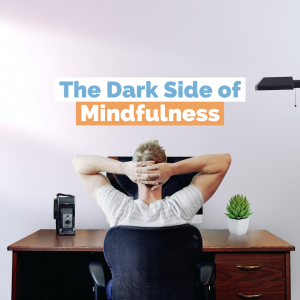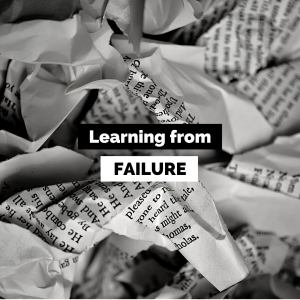It feels like the whole world has had to quickly face-up to a brave new world of delivering and attending training and learning online. In a crowded market, there are a few online learning essentials to look out for to make sure the virtual learning you choose has just as much impact as if it were face to face.
Up until a few weeks ago, lots of us weren’t bothered with it or perhaps didn’t know where to start. Some were weary of the technology side of it or merely used it as a way to give a presentation with a Q&A at the end and label it ‘learning’.
Whichever side of the fence you are on: facilitator or learner, racing to catch-up or a seasoned pro, these few pointers will help you to make online learning effective (and hopefully a little fun too)…
1. Choose your platform
Okay, let’s just say it – how much money must Zoom be making right now, right!? It’s definitely risen to the top as the platform of choice at the moment.
I must admit, when I attend online learning as a participant and it’s from some of the more antiquated platforms, the facilitation tends to be just as dull as the system. I’m looking at you Go To and Webex.
Zoom’s popularity is largely down to it being so user-friendly and collaborative. It doesn’t require an attendee account or software download and so handily avoids corporate firewalls. Not to mention it’s one of the most cost effective. Yet with the ying there must be the yang and Zoom has been hassled with some serious security issues lately. I won’t pretend to get technical here as there are so many more qualified people than me that you can Google. Just make sure that you have waiting rooms enabled and always with a password to avoid any unwanted Zoom-bombing or hacking into cameras and microphones.
There are lots of other options, with the main rival to Zoom being Microsoft Teams. The key being to look for one with the tools that does what you want and need it to do, so some forward thinking and planning helps to narrow down the search.
2. Get involved (and be involved!)
The numbers vary from anywhere between 15 minutes to 50 minutes. We are unable to hold our attention for a long period of time. Even more so if we are not engaged and involved. Look for online learning where you can interact right from the start and throughout. Just like if we were together, the approach should appeal to all of the different learning styles. There should be opportunities to get stuck in, talk about how things work in the real world and quietly reflect.

Utilise the collaboration tools of whichever platform you choose rather than just play it safe with the trusty old slides. Research the tools and practice using them. Use whiteboards to let people get involved and have a scribble, put people into breakout rooms just as we would do in syndicate groups.
3. Be realistic about what you can achieve
As immersive as it can be, online learning is different to us all being together in a room for at least a few hours.
Make sure the time before and after the online learning is utilised with activities that help to inform and embed the development. Meeting online should then be about applying the learning, debating how it works in the real world, rather than being talked at about dusty old theoretical models and theories.
Personally, I find the ideal session length is somewhere between one and one and a half hours. Full programmes will need to be modularised over a period of time, which again offers a brilliant opportunity to apply what’s being learned in between sessions.
4. Switch that camera on
Okay, this one might split opinion. One of the more positive things about where we find ourselves right now is that so many of us are being ‘forced’ to feel a bit more comfortable in front of the camera.
It’s not just a nice-to-have. Let’s remember the huge difference it makes when we can see each other rather than just hear them, especially in this new world of social distancing, where we need connection more than ever. Transfer that to learning and being able to see and hear each other creates a true virtual learning space where we can share and develop together.
5. Press pause on 'record'
Consider whether you really need the online session to be recorded. Lots of us have best intentions to re-watch it, or if we miss a session and know it’s recorded we think, “well that’s okay, I can just watch the recording.”…
…then we don’t…ever! It sits in our inbox crawling further and further down our to-do list and then gets eventually forgotten about.
The viewing figures for recorded sessions are incredibly low. Also, it would be weird if someone had a video camera on record in the corner of a training room, so why automatically expect it in an online session? We’re much more likely to feel comfortable without it.











